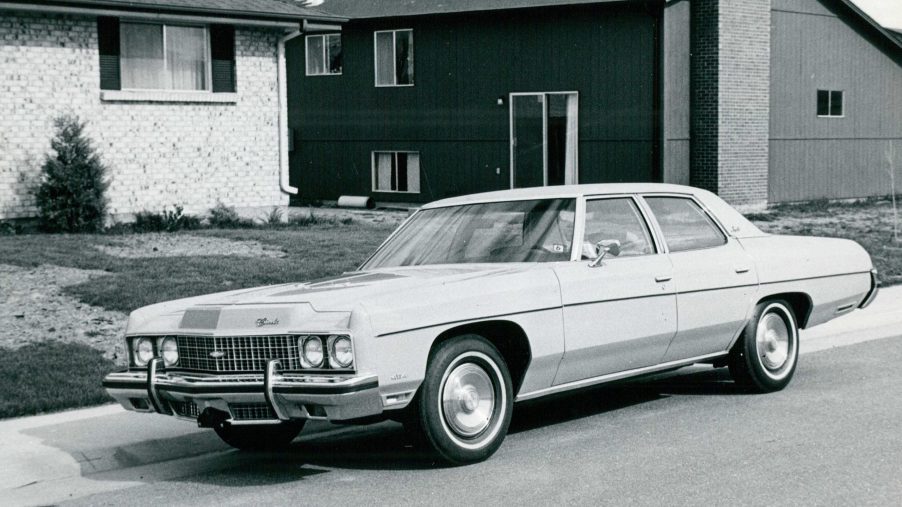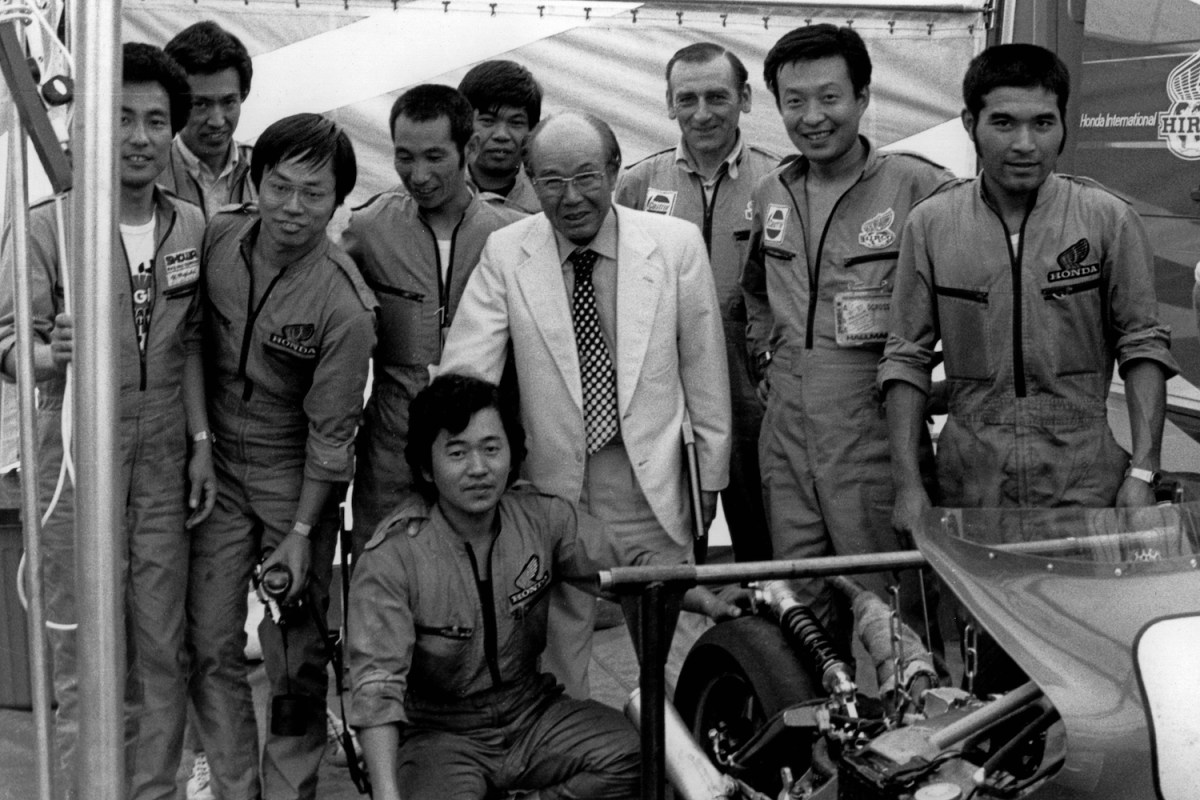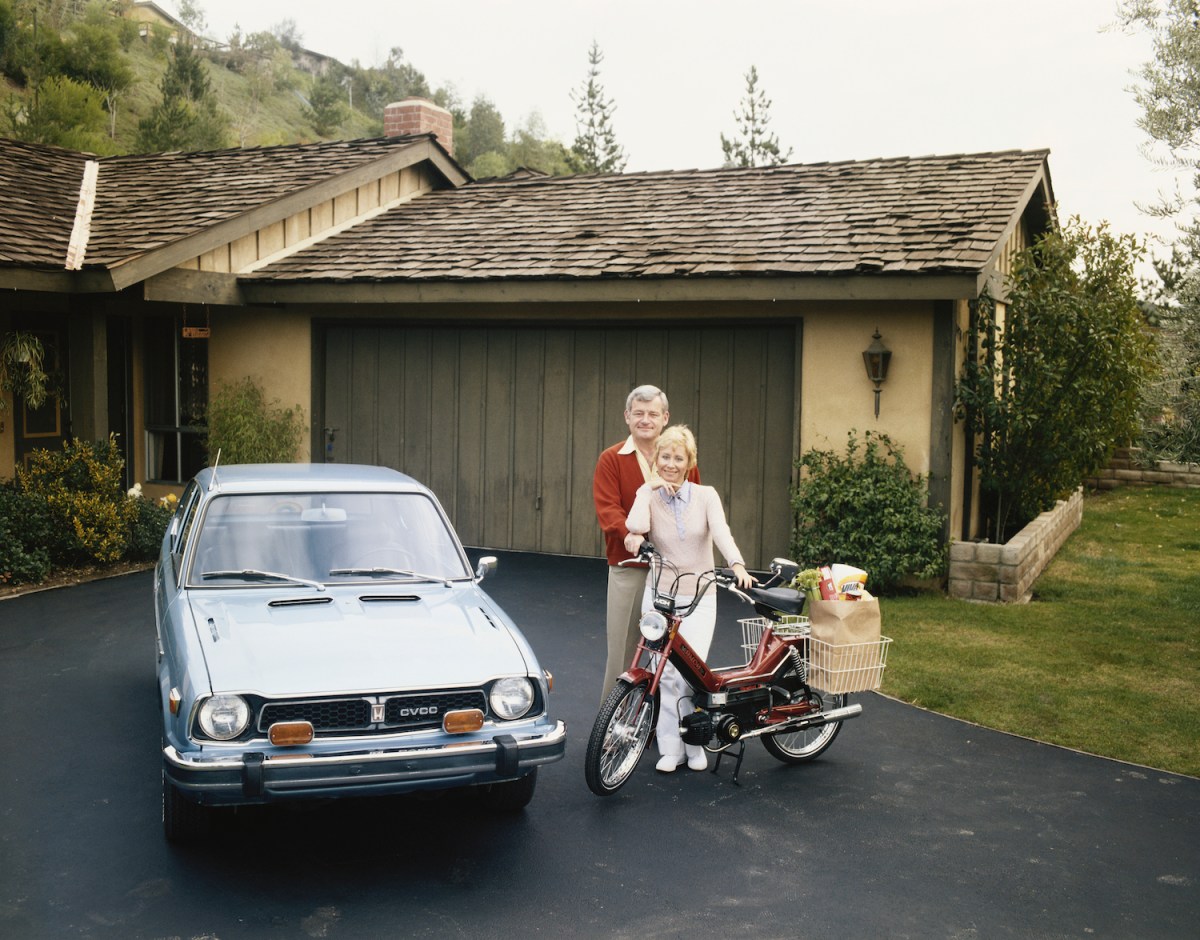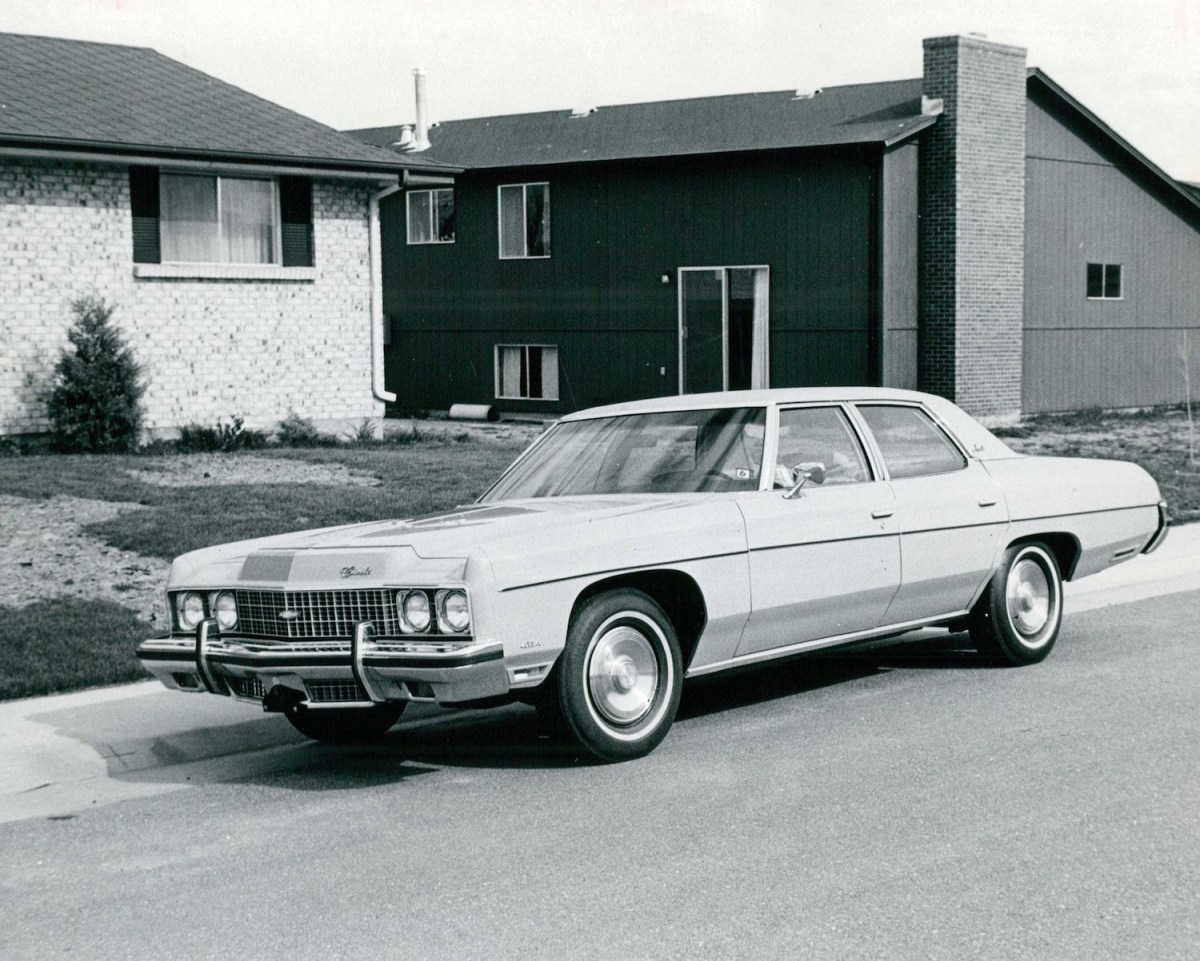
What Needs a Catalytic Converter? Not This 1973 Chevrolet Impala CVCC
Now, as we all know, cars from 1975 and older don’t need to pass an emissions test in California to complete registration, but back in the 1970s, it was rough going for American V8s. Once the Clean Air Act was underway, engineers needed a way for cars to pass emissions standards, and along came the catalytic converter. It’s basically a block of platinum, palladium, and rhodium mesh inside of a big exhaust tube. Before long, every car had at least one catalytic converter. However, it wasn’t the only solution. Honda came up with a way of passing the EPA’s test with its compound vortex controlled combustion engine (CVCC).
Honda not done with internal combustion

The CVCC engine was a brilliant piece of engineering. Honda’s goal was to meet emissions standards by leaning out the combustion process with something called pre-chamber ignition. Honda relocated the spark plugs to the engine’s chambers where there would be a fuel-rich mixture which the spark plugs would ignite before going into the combustion chamber. It was a way of leaning out the mixture, and it greatly improved fuel economy. It was basically a diesel engine but with spark plugs.
1973 was a big year for Honda

Honda’s CVCC engine found its way to the Honda Civic in 1973. The Civic helped Honda break away from its reputation as being a four-wheel-motorcycle manufacturer by achieving a real car status. It was big enough to fit between a Mini and a Fiat 128, used independent suspension, was front-wheel drive, and had power-assisted front disc brakes. Power came from a 1.1-liter all-aluminum inline-four with a single overhead camshaft outputting 50 horsepower. All this added up to the Civic’s 1,536-pound curb weight. It even had rear seats and a trunk.
GM was having none of the CVCC

In the same year as the Civic’s debut, Honda tried licensing the CVCC technology to Detroit’s titans, including Ford, Chrysler, and General Motors. Ford and Chrysler adopted it with open arms, while GM was having none of this “toy motorcycle engine” nonsense. From GM’s CEO Richard C. Gerstenberg, “I see no potential for it in one of our GM car engines”. The retaliation bug bit Soichiro Honda. He bought a V8-equipped 1973 Chevrolet Impala and sent it to Japan where it got a set of CVCC heads. After testing in Japan, Honda flew the car back to Ann Arbor, where the EPA tested it against the 1975 emissions requirements, and passed.
CVCC Impala was not all wine and roses
Honda installed CVCC heads on a 350 cubic-inch V8, and while it did pass part of the EPA’s test, the results weren’t exactly groundbreaking. As carbon monoxide and hydrocarbon levels were reduced, nitrogen oxide was not affected, and fuel economy was only slightly improved, according to the EPA test results. However, that wasn’t the point. The point was to show CVCC’s ability to reduce emissions without a catalytic converter and fuel injection, and it was achieved. CVCC eventually died off, and Honda ended up using catalytic converters. If the technology had been further developed, we might not have ever needed heavy and expensive catalytic converters, but we’ll never know.


